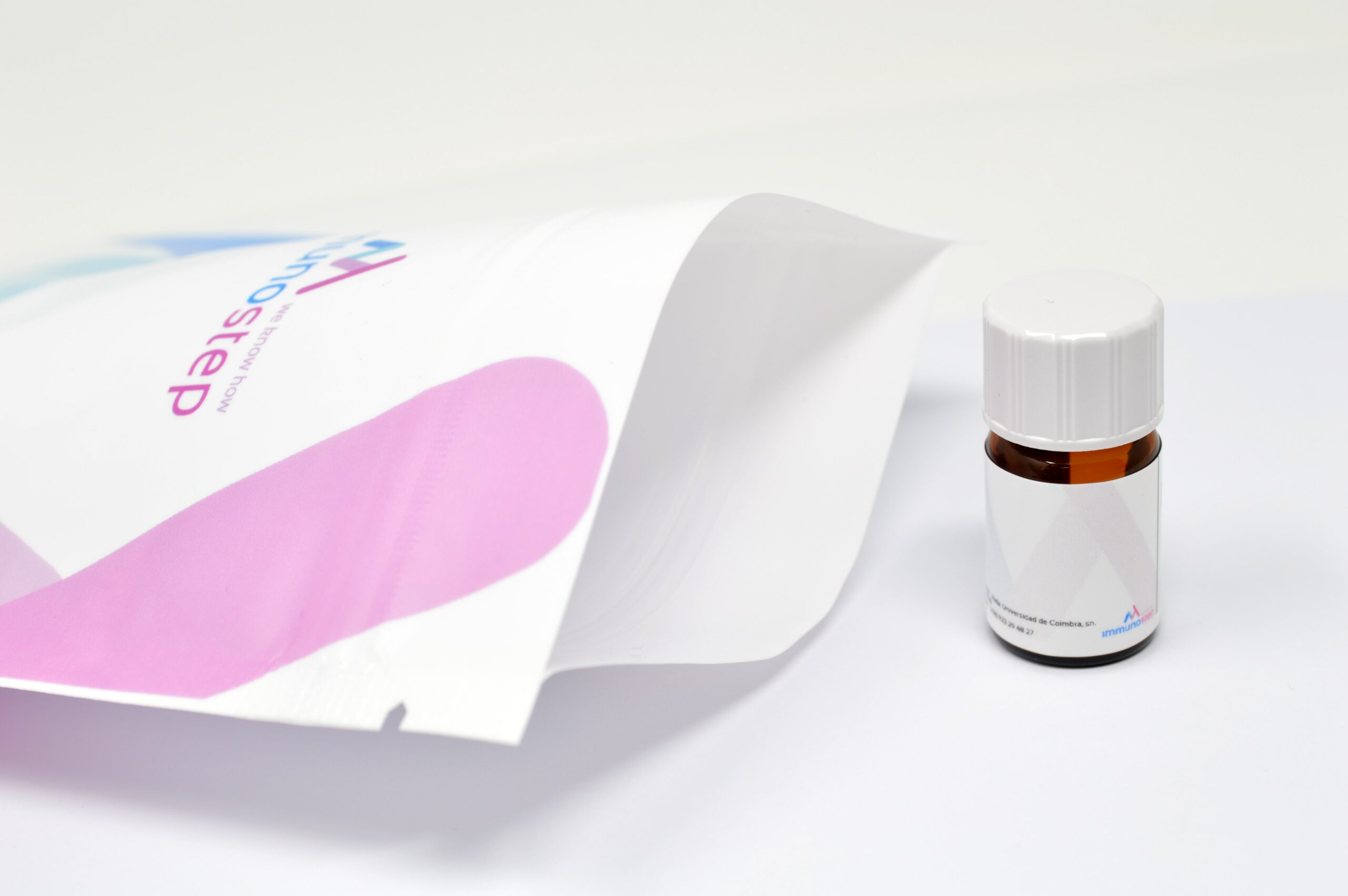- Products
- Oncohematology
- Antibodies
- Kits
- CAR T-cell
- Euroflow
- Single reagents
- Request info
- Resources and support
- Immunology
- Antibodies
- Single reagents
- Cross match determination (FCXM)
- FcεR1
- Ig subclasses
- Single reagents
- Kits
- TiMas, assessment of tissue macrophages
- Request info
- Resources and support
- Antibodies
- Exosomes
- Accesory reagents
- Software
- Oncohematology
- Services
- Peptide Production
- Design
- Modification
- Protein Services
- Expression and purification
- Freeze drying
- Monoclonal And Polyclonal Antibody Development
- Monoclonal
- Policlonal
- Specialized antibody services
- OEM/Bulk production
- Purification
- Conjugation
- Custom Exosome Services
- Isolation and purification
- Characterization
- Peptide Production
- Shop
- Support
- About Us
- Contact
- Shop
- Single Antibodies
- CD49c
CD49c
204,00 € excl.VAT – 531,00 € excl.VAT
This antibody reacts with the CD49c-antigen (VLA-3 alpha-chain or Integrin alpha-3/beta-1) a receptor for fibronectin, laminin, collagen, epiligrin, thrombospondin and CSPG4. Integrin alpha-3/beta-1 provides a docking site for FAP (seprase) at invadopodia plasma membranes in a collagen-dependent manner and hence may participate in the adhesion, formation of invadopodia and matrix degradation processes, promoting cell invasion. Alpha-3/beta-1 may mediate with LGALS3 the stimulation by CSPG4 of endothelial cells migration. The monoclonal antibody VJ1/6 reacts with α 3 integrin, a transmembrane glycoprotein which non-covalently associates with integrin β 1 (CD29) to form the α3b1 (CD49c/CD29,VLA-3) complex which is proteolytically cleaved into two disulfide linked fragments of 125 kD and 30 kD. CD49c is expressed mostly on endothelial and epithelial cells (basal epidermal layers). It is not expressed on platelets and is expressed weakly on peripheral blood leukocytes. The CD49c/CD29 complex serves as an adhesive receptor for kalinin or epiligrin. This interaction may be important for thymocyte interaction with thymic epithelium. This antibody is suitable for immunohistochemical staining on acetone-fixed frozen tissue sections.
Additional information
| Conjugated | |
|---|---|
| Size | |
| Regulatory Status | |
| Clone | |
| Gene ID | |
| Format | |
| Species Reactivity | |
| Isotype | |
| Tested Applications | |
| Clonality | |
| UniProt | |
| Mw | |
| Population | B- Cell, Endothelial Cell, Epithelial Cell, Macrophage/Monocyte, T-Cell |
| Volumen/test | |
| Storage | Store in the dark at 2-8°C. |
| Other names | Integrin alpha-3, CD49 antigen-like family member C, FRP-2, Galactoprotein B3, GAPB3, VLA-3 subunit alpha, MSK18, VCA-2; VL3A; VLA3a. |
| Buffer | The reagent is provided in aqueous buffered solution containing protein stabilizer, and ≤0.09% sodium Azide (NaN3). |
| Immunogen | Integrin alpha 3. |
| Concentration | 0,05 mg/ml, 1 mg/ml |
Recomended usage
CD49c, clone TEA1/41 is a mAb intended for the identification/enumeration of Integrin alpha-3 protein using FCM. This reagent is effective for direct IF staining of human tissue for FCM analysis using ≤1 μg/10^6 cells.
References
| Product description | Reference | Title | Authors | Journal | Year | |
|---|---|---|---|---|---|---|
| Product description | Reference | Title | Authors | Journal | Year |
Related products
-
CD14
204,00 € excl.VAT – 541,00 € excl.VAT Select options This product has multiple variants. The options may be chosen on the product page -
CD146
142,00 € excl.VAT – 468,00 € excl.VAT Select options This product has multiple variants. The options may be chosen on the product page -
CD1a
198,00 € excl.VAT – 250,00 € excl.VAT Select options This product has multiple variants. The options may be chosen on the product page -
CD20
231,00 € excl.VAT – 419,00 € excl.VAT Select options This product has multiple variants. The options may be chosen on the product page
